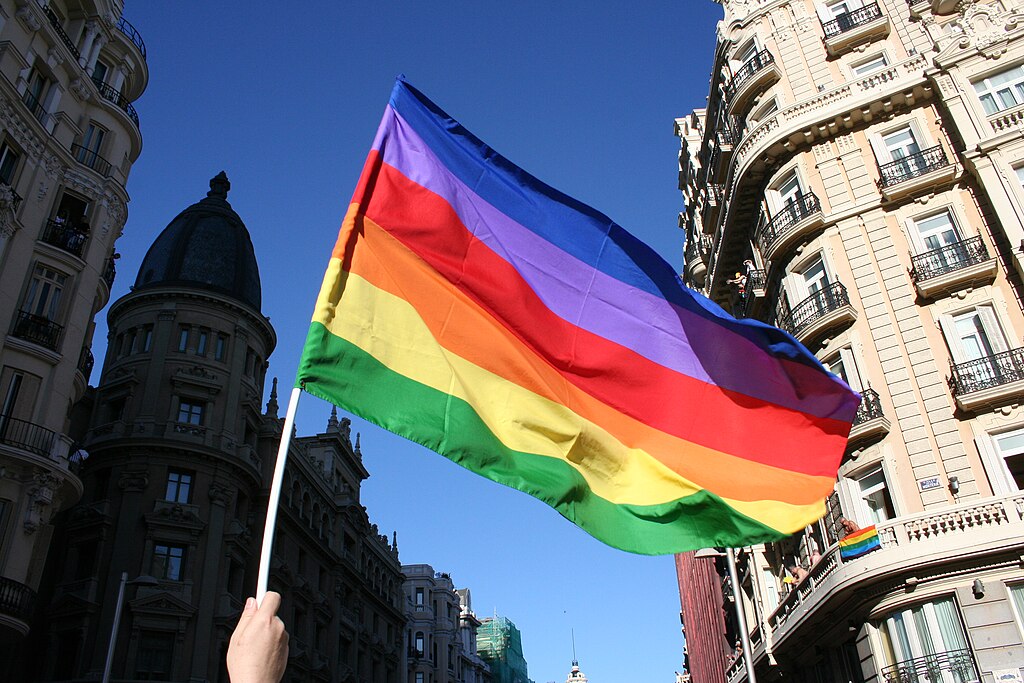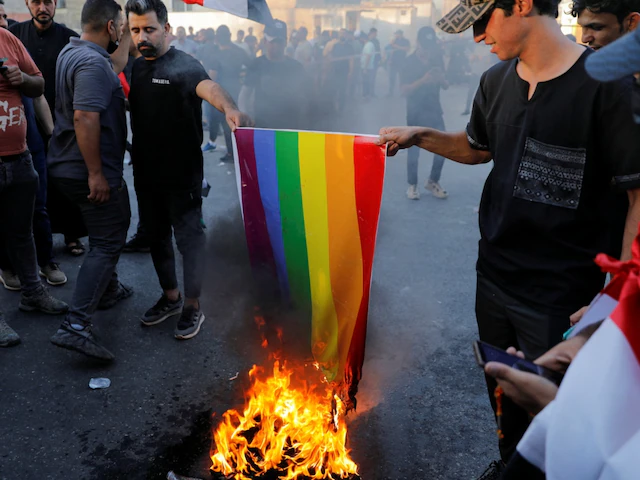The current state of LGBTQ+ rights in America is paradoxical. As the nation approaches the 10th anniversary of the landmark decision legalizing same-sex marriage across the country, public support for such unions has grown significantly, reaching 70%. However, simultaneously, the LGBTQ+ community is facing a level of targeted discrimination reminiscent of the dark days of Anita Bryant's 1977 "Save Our Children" campaign, which vilified gay men as predators and deviants.
Over the past few years, Republican-led state legislatures have prohibited drag performances, restricted gender-affirming healthcare for both minors and adults, and banned the teaching of sexual orientation from kindergarten through third grade, as seen with Florida's "Don't Say Gay" law. Simultaneously, there's been a surge in panic over "grooming"—a homophobic term that capitalizes on the deepest fears concerning LGBTQ+ individuals and children.
A Missed Opportunity
It's clear that marriage equality, on its own, has fallen short of delivering full equality for LGBT+ Americans. It may have been overly optimistic to think it could. Nevertheless, the push for same-sex marriage was a crucial chance to advance broader LGBT+ rights—a chance that was largely missed. Unlike similar efforts in other nations, the American campaign was characterized by a notably restrained approach.
The approach was effective enough to secure same-sex marriage as the law of the land. However, by not advocating more broadly for comprehensive equality, as was done in other countries, the campaign restricted the potential impact of marriage equality and left the door open for the current backlash.
The approach was effective enough to secure same-sex marriage as the law of the land. However, by not advocating more broadly for comprehensive equality, as was done in other countries, the campaign restricted the potential impact of marriage equality and left the door open for the current backlash.
Inspired by the civil rights movement's fight for legal equality, the campaign for same-sex marriage, which spanned roughly two decades leading up to the 2015 ruling, focused on rights and benefits. It highlighted the specific rights denied to same-sex couples, such as tax deductions, inheritance rights, and hospital visitation privileges.
However, the message backfired, coming across as cold, materialistic, and unconvincing. It also drew criticism for seemingly equating the fight for same-sex marriage with the struggle against racial discrimination faced by African Americans. A different message, centered on love and commitment, was introduced later in the campaign to demonstrate that same-sex couples sought marriage for the same reasons as heterosexual couples.
Despite this shift, neither message effectively argued for broader LGBT+ equality; the focus remained on opening the institution of marriage to same-sex couples. Most gay marriage advocates did not defend the morality of same-sex unions, nor did they challenge the Christian right's claim that same-sex marriage threatened the family and religious freedom.
Extending marriage rights to same-sex couples was undoubtedly a significant step for American society. Yet, it did not prompt Americans to rethink their fundamental beliefs about LGBT+ individuals. And despite the campaign's modest approach, it did not prevent the backlash or the perception among conservative activists and lawmakers that targeting LGBT+ people was a low-risk strategy.
Morality Over Legality
There were alternative ways to frame the fight for same-sex marriage, as other countries demonstrated. In Spain, for instance, activists pursued a campaign for full citizenship that emphasized not just rights and benefits, but also dignity and respect. They framed same-sex marriage as a moral redemption for historical injustices against gay and lesbian people, dating back to the burning of "sodomites" during the Spanish Inquisition.
This bold framing led to the passage of a 2005 law that made Spain, as The New York Times noted, "the first nation to eliminate all legal distinctions between same-sex and heterosexual unions." It also sparked an open debate about the status of sexual minorities in Spanish society and transformed Spain, historically a socially conservative country, into one of the most accepting nations of homosexuality. This approach resonated with ordinary Spaniards and helped to mitigate the backlash from one of the most powerful Catholic establishments in the world.
Echoes of Spain's groundbreaking same-sex marriage campaign can be seen in countries as varied as Argentina, Canada, Brazil, South Africa, and Ireland. In these nations, same-sex marriage was framed as a moral issue rather than merely a legal matter. Brazil stands out because, similar to the United States, same-sex marriage was legalized through the courts despite strong opposition from evangelical leaders. Brazilian LGBTQ+ activists argued that same-sex unions qualified as stable unions—a relationship category that the Brazilian Constitution recognizes as equivalent to marriage, reflecting a historical tradition of unmarried cohabitation in the country.
The Brazilian campaign also argued that extending marriage rights to same-sex couples aligned with the human rights goals Brazil set for itself following its transition to democracy in 1985. Since the legalization of same-sex marriage in 2013, this human rights framing has resonated with Brazil's Federal Supreme Court, resulting in landmark rulings on transgender rights and the criminalization of homophobia.
Of course, we can't expect the experiences of other countries to be directly replicated at home. In Spain and Brazil, LGBTQ+ activists leveraged histories of oppression and violence against their communities to craft compelling moral arguments. The Spanish campaign took place during a national reckoning with the atrocities of the Spanish Civil War and the Franco dictatorship, which included sending LGBTQ+ individuals to "re-education" camps. Meanwhile, the Brazilian campaign unfolded against the backdrop of an epidemic of LGBTQ+ killings—referred to as a "homocaust"—that activists say has claimed around 300 LGBTQ+ lives annually since the mid-1980s.
While the conditions surrounding the struggle for same-sex marriage were different abroad, there are valuable lessons for American LGBTQ+ activists. Countries like Spain, Brazil, and Ireland managed to win their culture wars with less established LGBTQ+ movements than in the U.S. and faced formidable opponents such as the Catholic Church and evangelical groups.
American activists might benefit from recalibrating their approach, shifting from a rights-based strategy focused on litigation to one centered on citizenship and dignity. Embracing a more ambitious and idealistic mindset, with a focus on public persuasion, could prove beneficial. While modesty has its place, in the fight for fairness and equality, aiming high and thinking big often proves more effective.













0 Comments